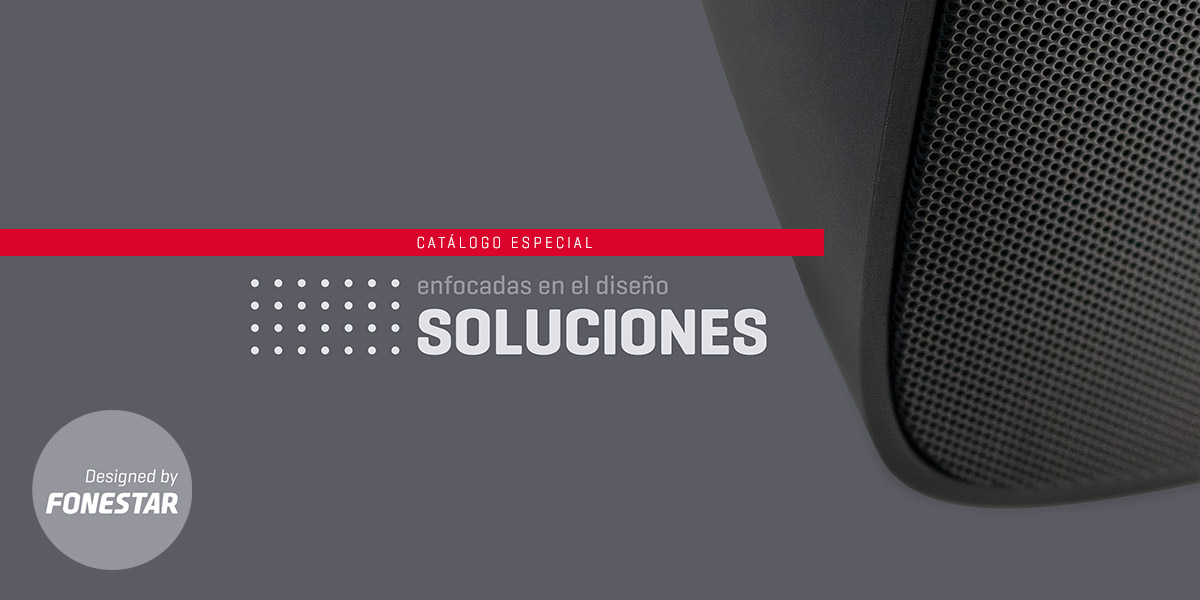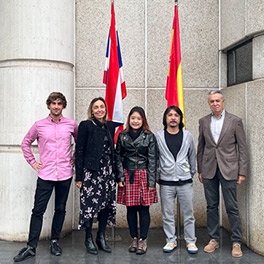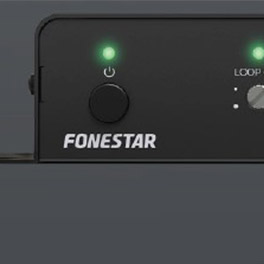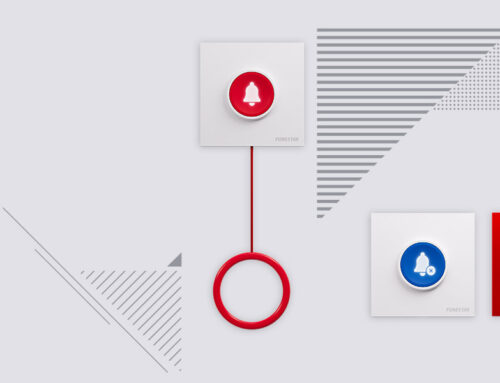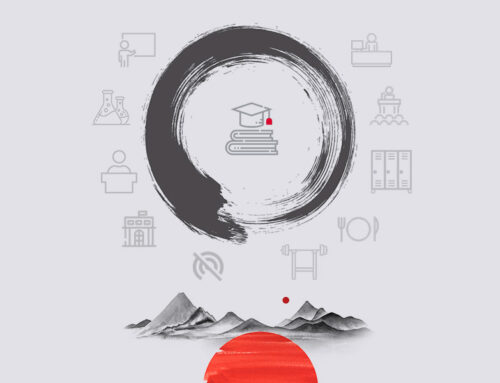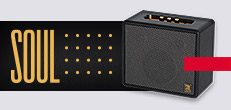How Kobe and Nadal’s success inspires us to look for design-focused solutions.
Kobe Bryant was once asked by a journalist what differentiated him from other NBA players. And his answer was exemplary. “Curiosity,” he said.
He could have leaned on his superb physical condition or his demanding training routine, but he considered that his eagerness to learn was what most differentiated him from other talented NBA players. Kobe explained that “most players who play the game just play the game. Certain things will happen, some may be good, some may be bad. I don’t know. That wasn’t good enough for me. I want to know why.”
The constant quest to be different through curiosity and learning elevated him on and off basketball courts around the world. An example as an athlete, just like our beloved Rafa Nadal.
Rafa’s statistics are spectacular. From another planet. He has won 97% of the matches he has played at Roland Garros. Spectacular. But… do you know how many points he wins on average during a Roland Garros match?
Rafa has won 91% of the sets he has played, 66% of the games and only wins 57% of the points in a match. In other words, with 57% of the points he wins 97% of the matches. Focusing on the important points makes the difference.
Kobe’s curiosity and Rafa’s approach are a clear example that all decisions are not the same. Detecting which are the keys is our main job, because, many times, the answers are, in turn, questions. And in good questions we believe that the context of understanding lies.
What do we design our solutions for, to help society or to change it?
For us, to design is to solve the needs and desires of people in a specific space with increasingly changing and versatile technologies. People, needs, desires and spaces that have changed little in ten, a hundred or a thousand years.
However, despite the fact that half of the equation has many answers, it has never been so complex to provide solutions. Detecting round-trip decisions is essential. Our industry, and by extension our technological world, pushes us to idealise the future and forget where we came from.
Today’s decisions become tomorrow’s designs and products. And for us, design in this respect is a key factor. We are not trying to change the world but to make it a little bit better. To try to improve what works badly and above all to enhance what works well.
When our work builds on the work of the previous day, year or decade, everything is much easier. The SONORA, AQUA, KS, BASS, AS, PROX, DOT, FON, AIP, VELA, MAX, MPX, ZSM or SCD series are the best example.
In this issue you will also find…
Fonestar novelties
- Intellectual property certificate for the design and models of our SONORA series.
- The 2nd AIP-Audio over IP course begins.
- Our portable amplifier ALTA-VOZ-30 protagonist in the Open House Madrid.
- Acoustic design of installations using EASE software.
- Fonestar days. On a motorbike route.
- Mam, our distributor in Thailand.
- ProAUDIO-AVT, our distributors in Poland.
- Present at:
- Expoelectrónica El Corte Inglés in Portugal
- First exhibition for Leroy Merlin distributors.
